
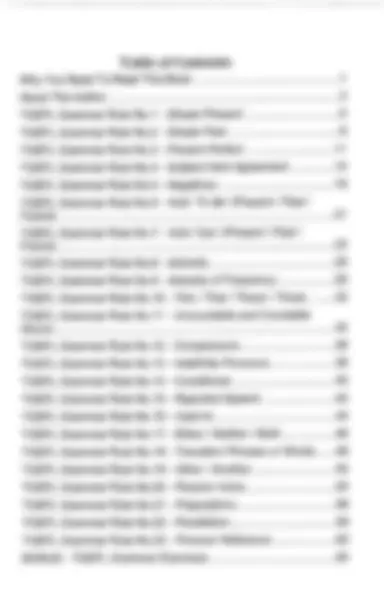




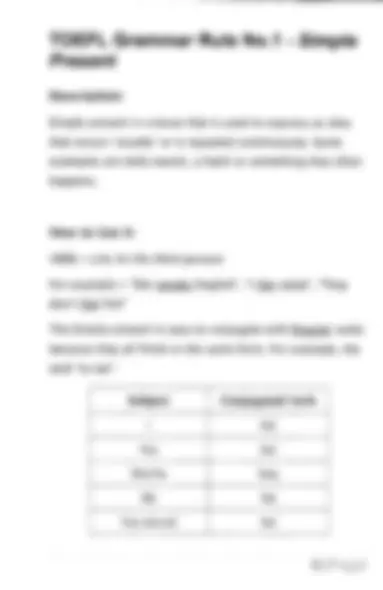
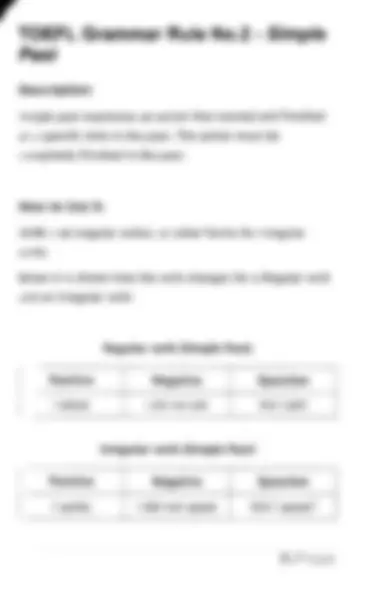
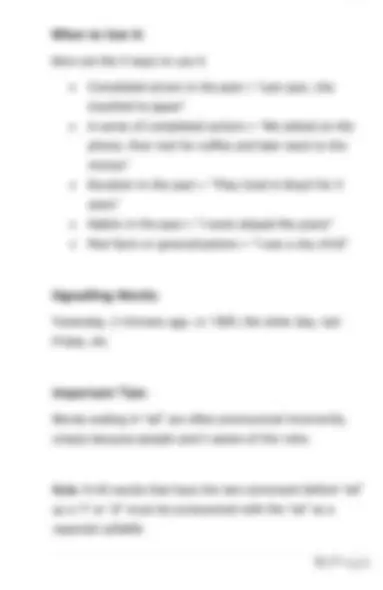
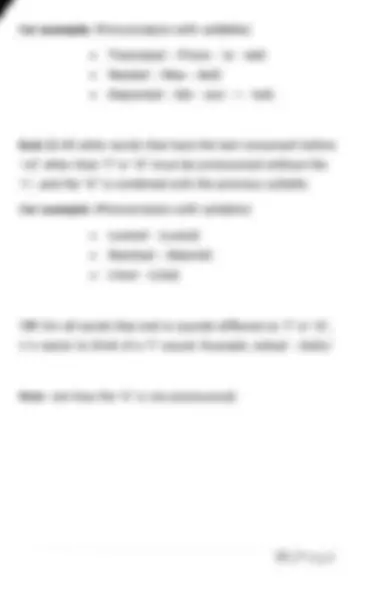


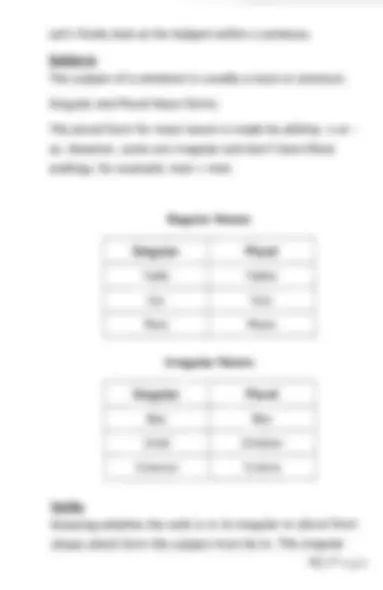
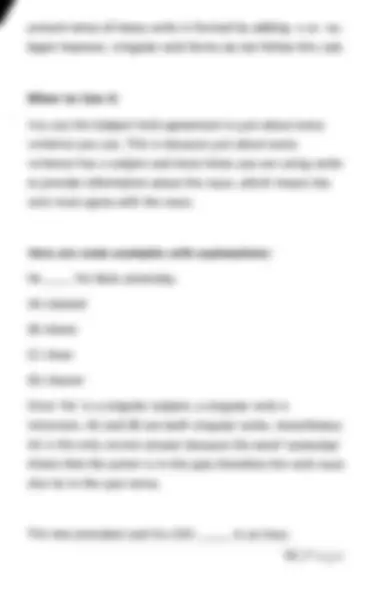
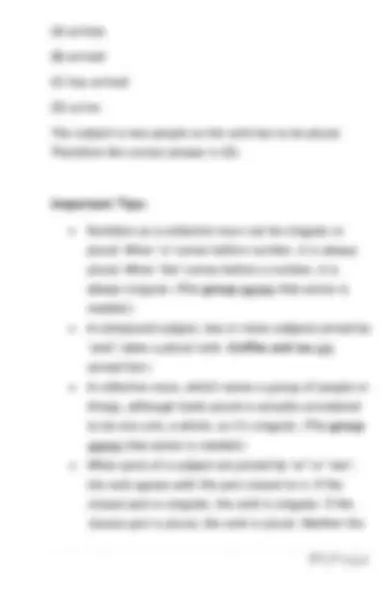



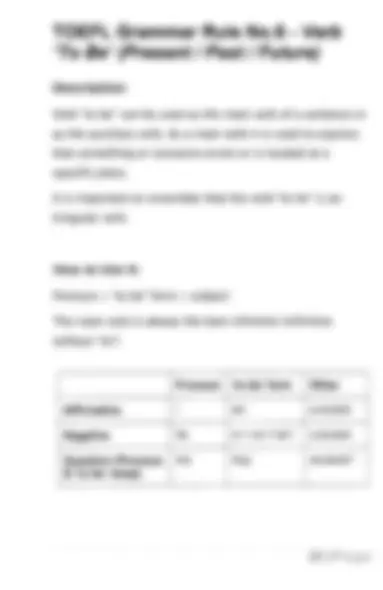


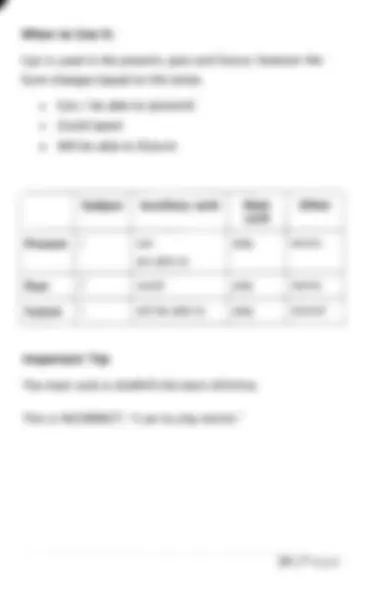

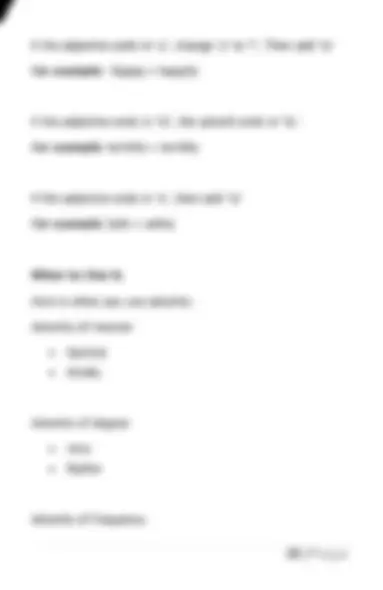


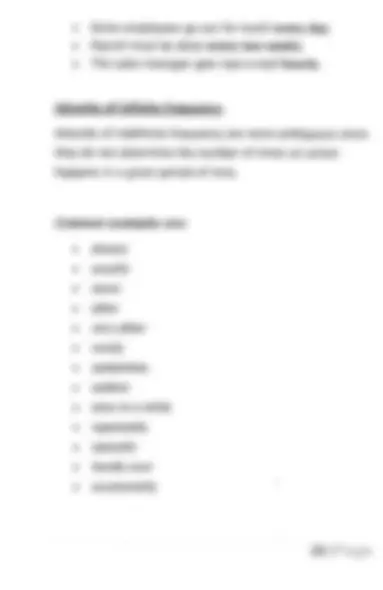
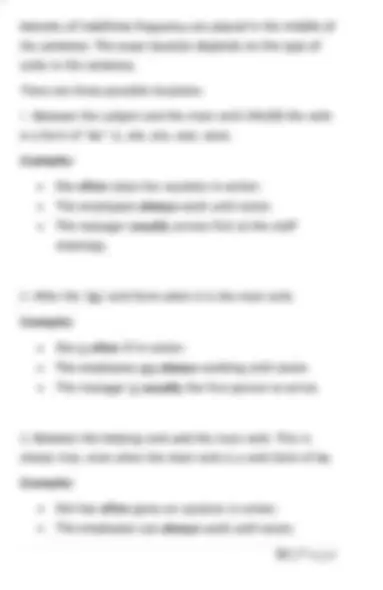



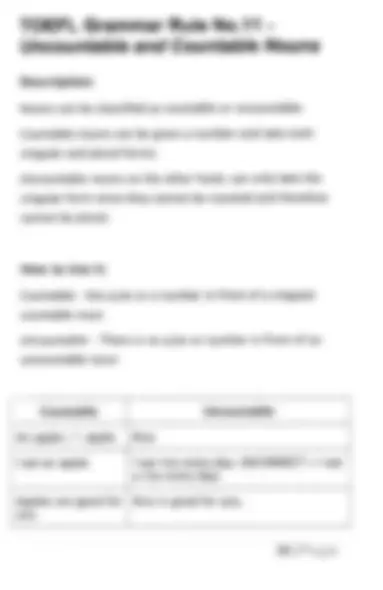
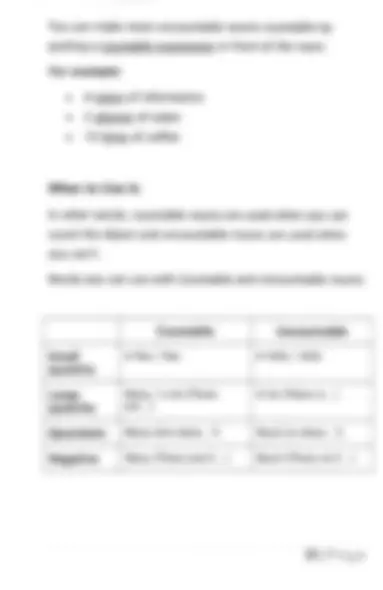

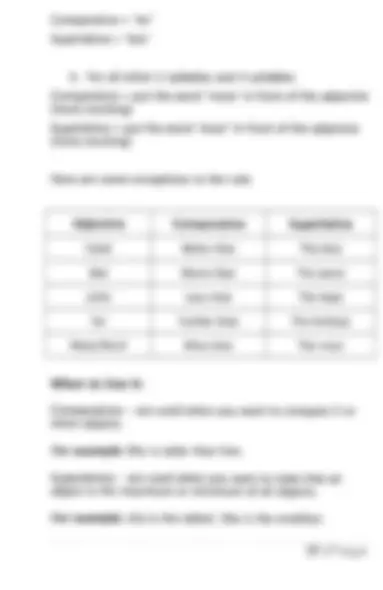
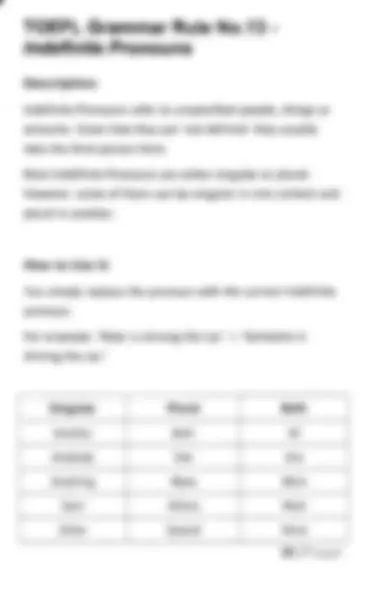
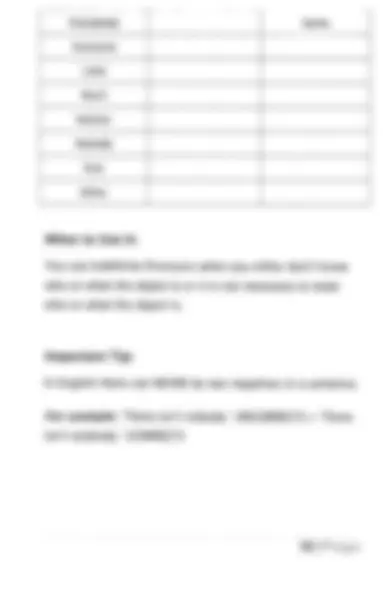
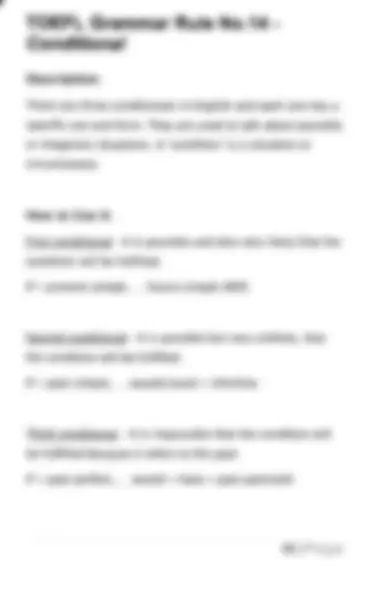



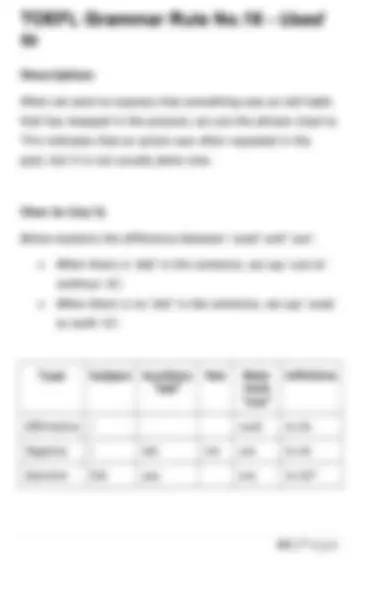
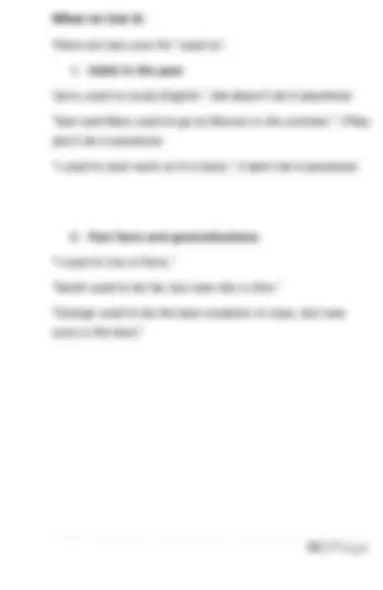
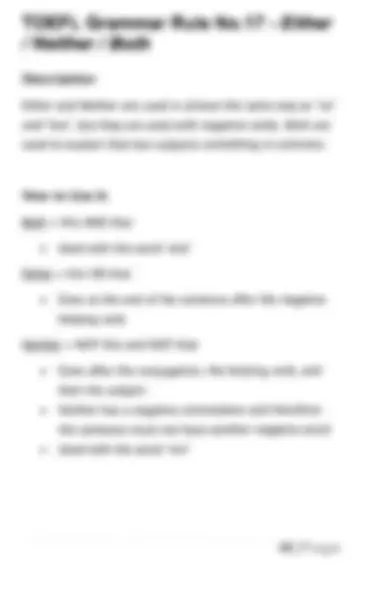
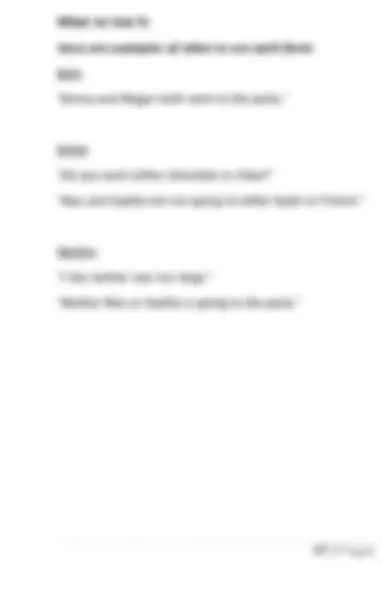
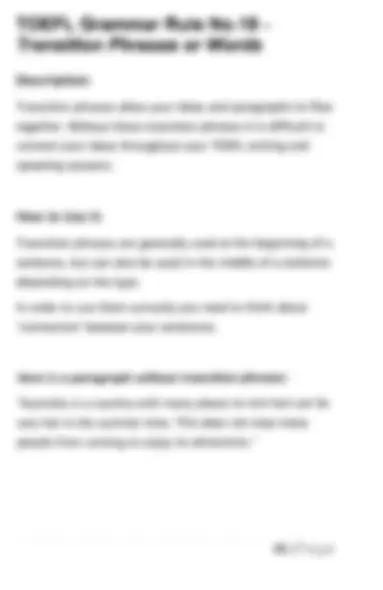



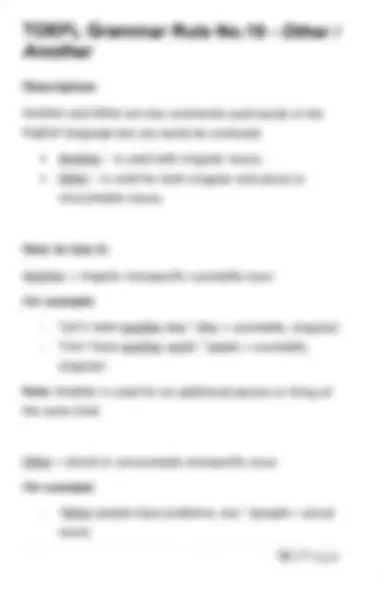
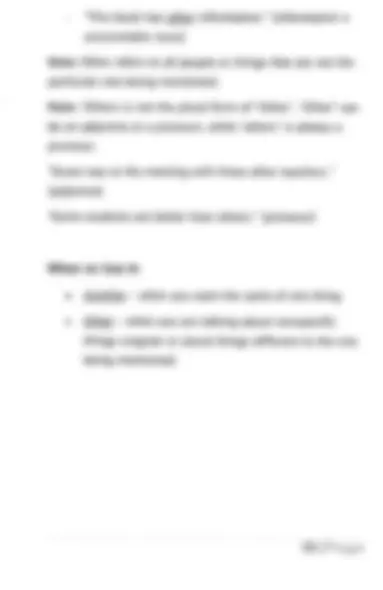



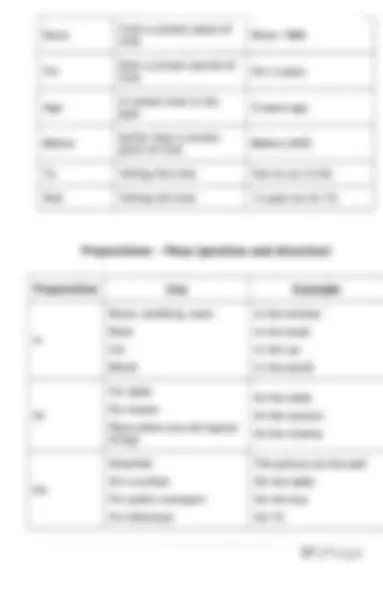

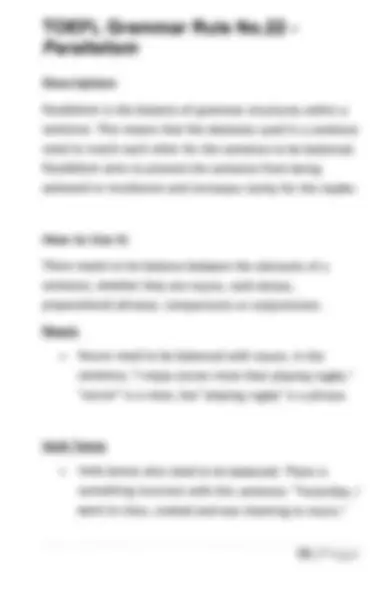
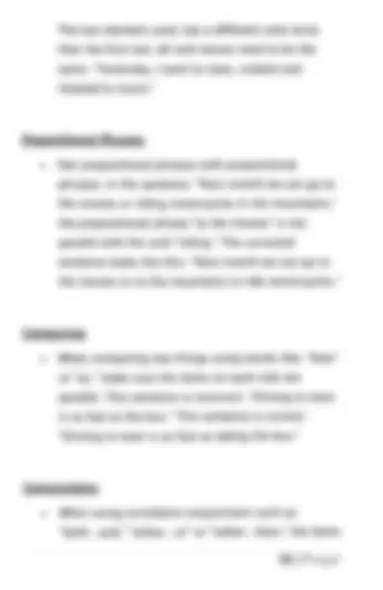

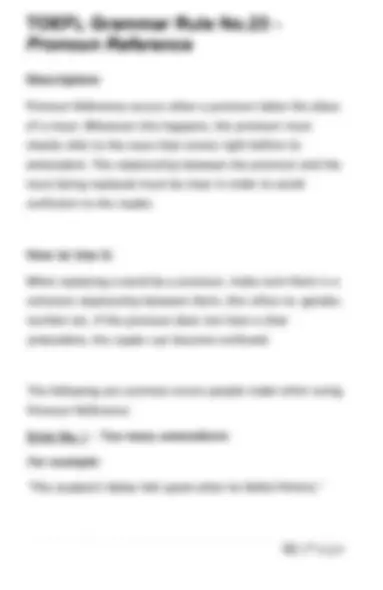
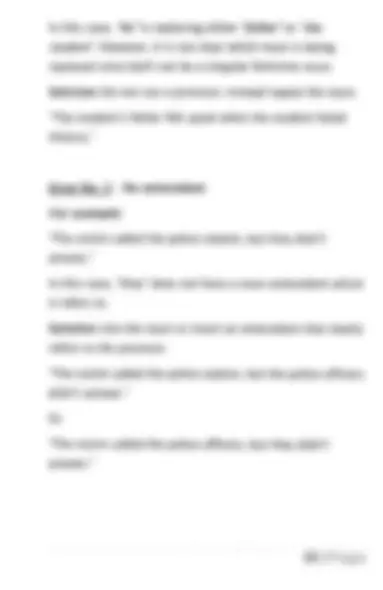
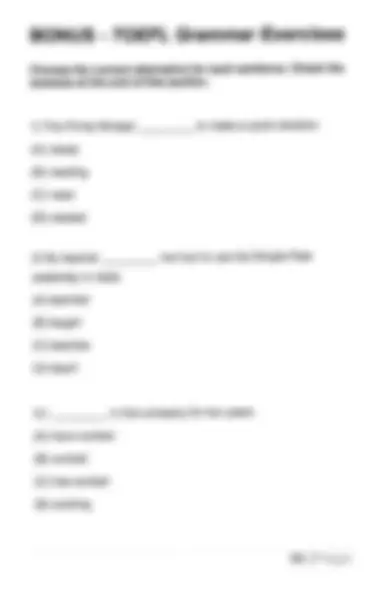

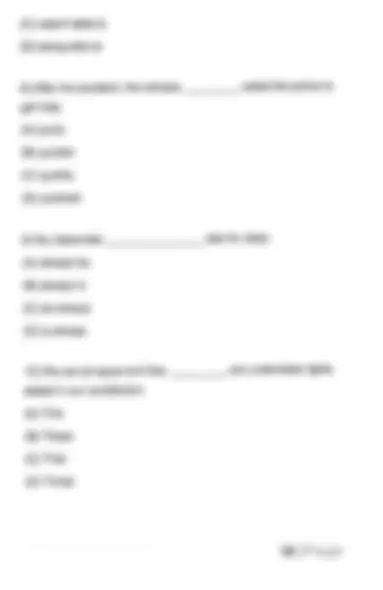


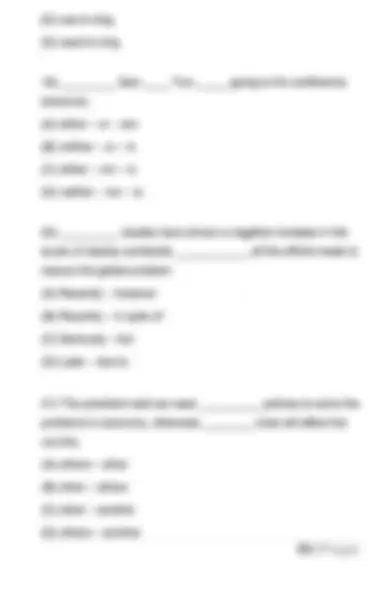
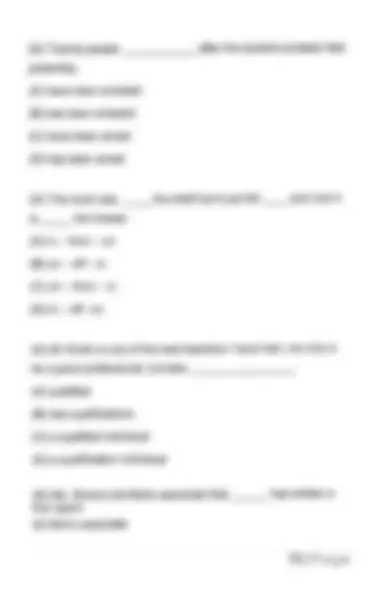





Estude fácil! Tem muito documento disponível na Docsity

Ganhe pontos ajudando outros esrudantes ou compre um plano Premium


Prepare-se para as provas
Estude fácil! Tem muito documento disponível na Docsity
Prepare-se para as provas com trabalhos de outros alunos como você, aqui na Docsity
Os melhores documentos à venda: Trabalhos de alunos formados
Prepare-se com as videoaulas e exercícios resolvidos criados a partir da grade da sua Universidade
Responda perguntas de provas passadas e avalie sua preparação.

Ganhe pontos para baixar
Ganhe pontos ajudando outros esrudantes ou compre um plano Premium
Comunidade
Peça ajuda à comunidade e tire suas dúvidas relacionadas ao estudo
Descubra as melhores universidades em seu país de acordo com os usuários da Docsity
Guias grátis
Baixe gratuitamente nossos guias de estudo, métodos para diminuir a ansiedade, dicas de TCC preparadas pelos professores da Docsity
English TOEFL guide 4 grammar
Tipologia: Provas

Oferta por tempo limitado
Compartilhado em 10/10/2019
5
(4)4 documentos
1 / 78

Esta página não é visível na pré-visualização
Não perca as partes importantes!








































































Em oferta
II I II I
Timothy Dickeson
If you are about to take the TOEFL exam soon, then you must review your grammar, especially the principles that are most commonly used in the TOEFL. Did you know that your overall TOEFL score is weighed based on your grammar accuracy and use? If you look at the scoring criteria that the TOEFL evaluators use, you will see an element which covers at how well you use the different grammar principles and how accurate you use them. So, apart from learning how to develop high scoring answers in the writing and speaking sections and understanding the correct strategies for answering the reading and listening questions, you MUST correct your grammar to ensure you achieve a high score.
This book has been especially written to help you review. understand and correct the most common grammar rules used in the TOEFL exam. For each TOEFL grammar rule, you will learn:
So, If you are about to take the TOEFL exam soon, you MUST NOT FORGET to review your grammar, because it could mean the difference between achieving the score you need or not!
I or more Information about Tim’s TOEFL consulting services, or for more Information, contact Tim at: tim@toeflcoach.com
Tim Dickeson
Tim is a highly sought after TOEFL consultant due to his ability to “translate the complexities of the TOEFL into a simple language”. His simplified but highly effective approach to TOEFL preparation has proven time after time that his methods get results. Tim is Australian born and raised and has taught English and TOEFL in Australia, Europe and South America. He currently owns a TOEFL preparation company in South America and has consulted for universities and language institutions about how to correctly prepare people for the TOEFL iBT. He has a love of teaching and helping people achieve results and his number one objective with the TOEFL High Score System is to help as many people as possible pass the TOEFL so they can continue to pursue their dreams.
Description: Simple present is a tense that is used to express an idea that occurs ‘usually’ or is repeated continuously. Some examples are daily events, a habit or something that often happens.
How to Use It: VERB + s/es (in the third person) For example > “She speaks English”, “I Jjke salad”, “They don’t like fish”
The Simple present is easy to conjugate with Regular verbs because they all finish in the same form. For example, the verb ‘to eat’:
Subject Conjugated Verb I Eat You Eat She/He Eats We Eat You (plural) Eat
However, Irregular verbs do NOT follow this pattern. For example, the verb ‘to be’:
Subject Conjugated Verb 1 Am You Are She/He Is We Are You (plural) Are They Are
When to Use It: Here are the 4 ways to use it
Description: Simple past expresses an action that started and finished rtl a specific time in the past. The action must be (ompletely finished in the past. How to Use It: VERB + ed (regular verbs), or other forms for irregular verbs Below it is shown how the verb changes for a Regular verb and an Irregular verb: Regular verb (Simple Past) Positive Negative Question 1talked 1did not talk (^) Did 1talk? Irregular verb (Simple Past) Positive Negative (^) Question 1spoke 1did not speak Did 1speak?
When to Use It:
Here are the 5 ways to use it
Signalling Words: Yesterday, 2 minutes ago, in 1990, the other day, last Friday, etc
Important Tips: Words ending in “ed” are often pronounced incorrectly, simply because people aren’t aware of the rules.
Rule 1) All words that have the last consonant before “ed” as a “t” or ”d” must be pronounced with the “ed” as a separate syllable.
Description:
The present perfect has three man uses:
How to Use It: Have/has + past participle of the main verb Time expressions, like; yesterday, one year ago, last week, when I was a child, when I lived in Australia, at the moment, that day, etc., are not used in the present perfect. Common time expressions for the present perfect are; ever, never, once, many times, several times, before, already, etc.
The Basic Structure
Affirmative Negative Question i hav§ been to I have never/not Have vou been to Spain been to Spain Spain? She has driven a car
She has never/not driven a car Has she driven a car?
When to Use It:
Here are the two forms of when to use the present perfect:
Signal Words:
Ever: Since you were born until right now.
lust: A few minutes ago. The action has completed recently.
12 | Pa g e.
Description: Subject-verb agreement means there needs to be a balance between the subject and verb. For example, a singular subject must have a singular verb and a plural subject must have a plural verb.
Singular Plural I lie employee goes to work The employees go to work I he employee is goina to work The employees are going to work I he employee has gone to work The employees have gone to work I he employee went to work The employees went to work
How to Use It: To make sure you use the correct verb form with the subject, use the following steps:
Let’s firstly look at the Subject within a sentence. Subjects The subject of a sentence is usually a noun or pronoun.
Singular and Plural Noun forms: The plural form for most nouns is made by adding -s or - es. However, some are irregular and don’t have these endings, for example; man > men.
Regular Nouns
Singular Plural Table Tables Car Cars Plant Plants
Irregular Nouns
Singular Plural Man Men Child Children Criterion Criteria
Verbs Knowing whether the verb is in its singular or plural form shows which form the subject must be in. The singular